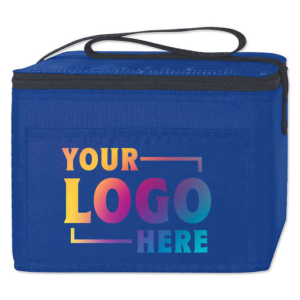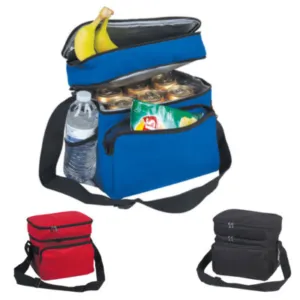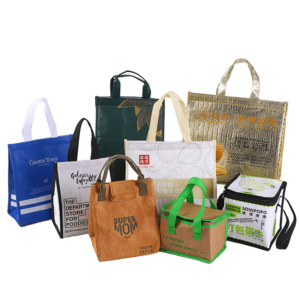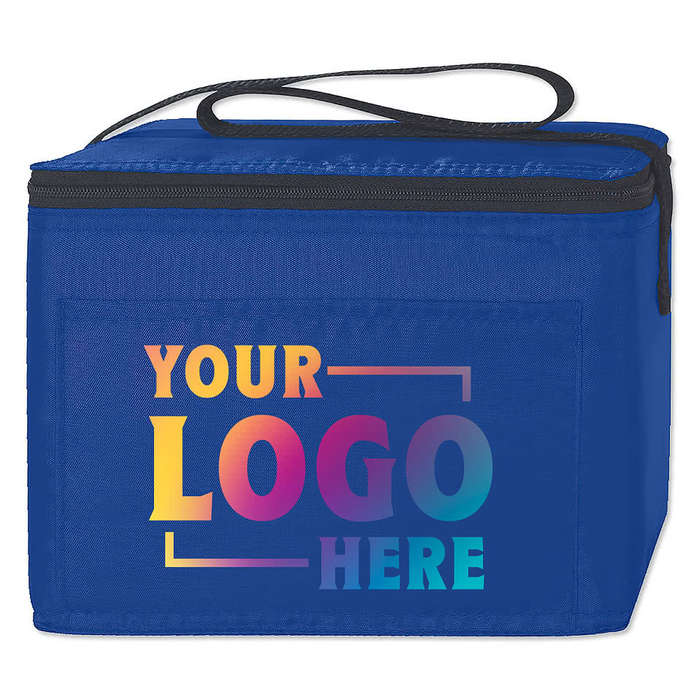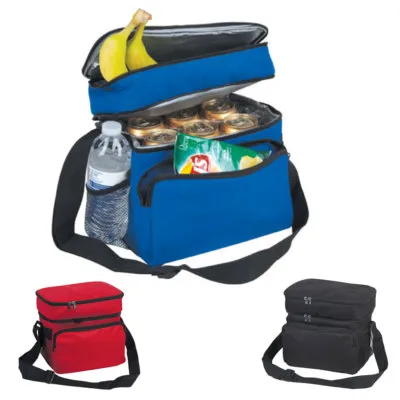In the world of e-commerce, especially in the realm of foreign trade, understanding the cost structure of your products is crucial for pricing, profitability, and overall business success. One product that has gained popularity in recent years is the cotton drawstring bag. In this article, we'll break down the various factors that contribute to the cost of producing and sourcing cotton drawstring bags, helping you make informed decisions for your business.
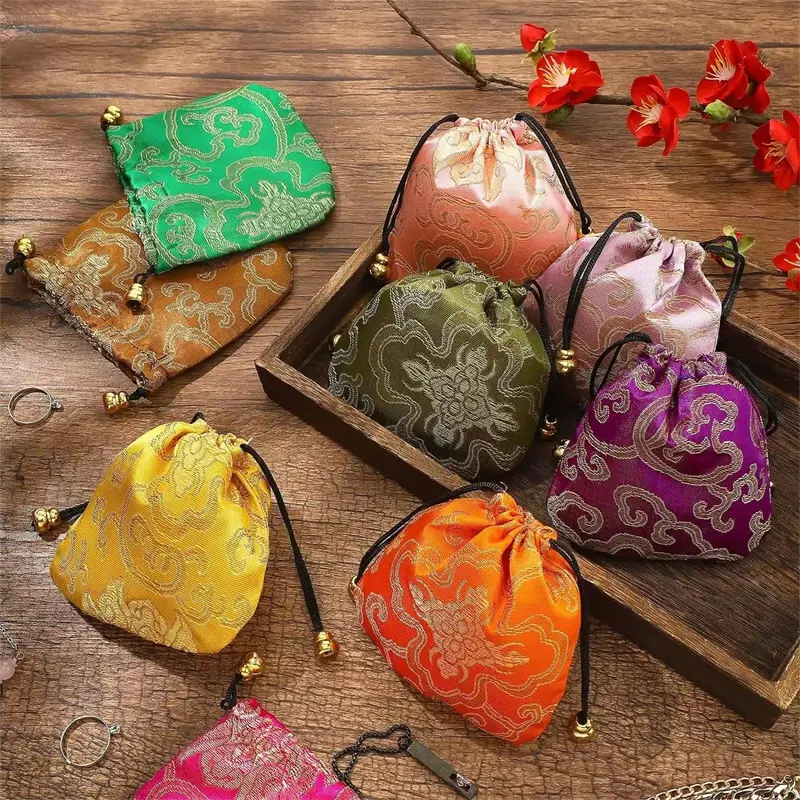
1. Material Costs
The primary component of cotton drawstring bags is, of course, the cotton fabric itself. The cost of cotton can fluctuate based on market demand, quality, and sourcing location. Here are the key considerations:
- Type of Cotton: Organic cotton generally costs more than conventional cotton due to the farming practices involved.
- Fabric Weight: Heavier fabric can enhance durability but will also increase the overall material cost.
- Bulk Purchasing: Buying in larger quantities often yields discounts, so consider your production needs when sourcing materials.
2. Manufacturing Costs
The process of turning raw cotton into a finished product involves several manufacturing steps:
- Cutting and Sewing: Labor costs can vary significantly based on the location of your manufacturer. Countries with lower labor costs might offer savings, but you should also factor in the potential trade-offs in quality.
- Finishing Processes: Additional treatments like dyeing, printing, or adding logos can impact costs. Consider whether these enhancements align with your brand image and customer expectations.
3. Overhead Expenses
Don't overlook the overhead costs that come with manufacturing:
- Factory Overheads: Utilities, rent, and equipment maintenance can add to production costs. Understanding how these are allocated is essential for accurate pricing.
- Quality Control: Implementing quality checks during production can increase costs but is vital for maintaining product standards and customer satisfaction.
4. Shipping and Logistics
Once your cotton drawstring bags are produced, you'll need to consider the costs associated with shipping and logistics:
- Freight Costs: Depending on the shipping method (air, sea, or land), freight costs can vary widely. Sea freight is typically more economical for larger shipments but takes longer.
- Import Duties and Taxes: Be aware of any import duties that may apply when bringing your products into your target market. These can significantly impact your overall costs.
5. Packaging Costs
Your products' packaging is another important factor to consider:
- Sustainable Packaging: If your brand emphasizes sustainability, investing in eco-friendly packaging might be essential, albeit at a higher cost.
- Branding: Custom packaging can enhance brand recognition but also adds to the overall expense.
6. Profit Margin
After calculating all the above costs, you need to establish a profit margin that aligns with your business goals. Typically, a margin of 20-50% is standard in the retail industry, but this can vary based on market conditions and competition.
Conclusion
Cost calculation for cotton drawstring bags involves multiple components, from material and manufacturing to shipping and packaging. By understanding each element of the cost structure, you can make more informed decisions that will help you price your products competitively while maintaining healthy profit margins. As you navigate the complexities of foreign trade, a thorough grasp of your costs will serve as a solid foundation for your business's success.


